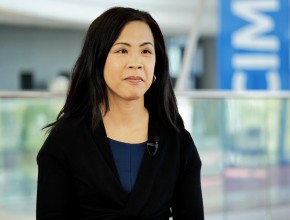Dr Mark Crowther is a professor and chair of the Department of Medicine and the Leo Pharma Chair in Thromboembolism Research at McMaster University.
Should each patient homozygous for mutation of the C282Y gene be diagnosed with hemochromatosis and treated with phlebotomy?
Mark Crowther, MD, MSc: The short answer is no. The majority of people who are homozygous for the C282Y mutation or the other gene will never develop a high ferritin, will never develop an elevated transferrin saturation, and will never have iron overload. If a person is found to be C282Y homozygote or [to have] any combination of the common genetic mutations, they should have ferritins performed. If their ferritin is elevated, they should have a transferrin saturation performed. And if their transferrin saturation is elevated, then they should have a course of phlebotomy.
I would strongly recommend against routine genetic screening because it causes people to believe that they actually have iron overload. I was related a story yesterday about a patient who had had genetic testing done and who found they had one of these mutations, and then demanded a course of phlebotomy despite the fact they had no clinical evidence of iron overload. I have had very similar stories myself, where I had a family member where the son had iron overload and was on phlebotomy. The mother shared the genetic characteristic and also demanded phlebotomy despite the fact she had no evidence of iron overload.
 English
English
 Español
Español
 українська
українська










